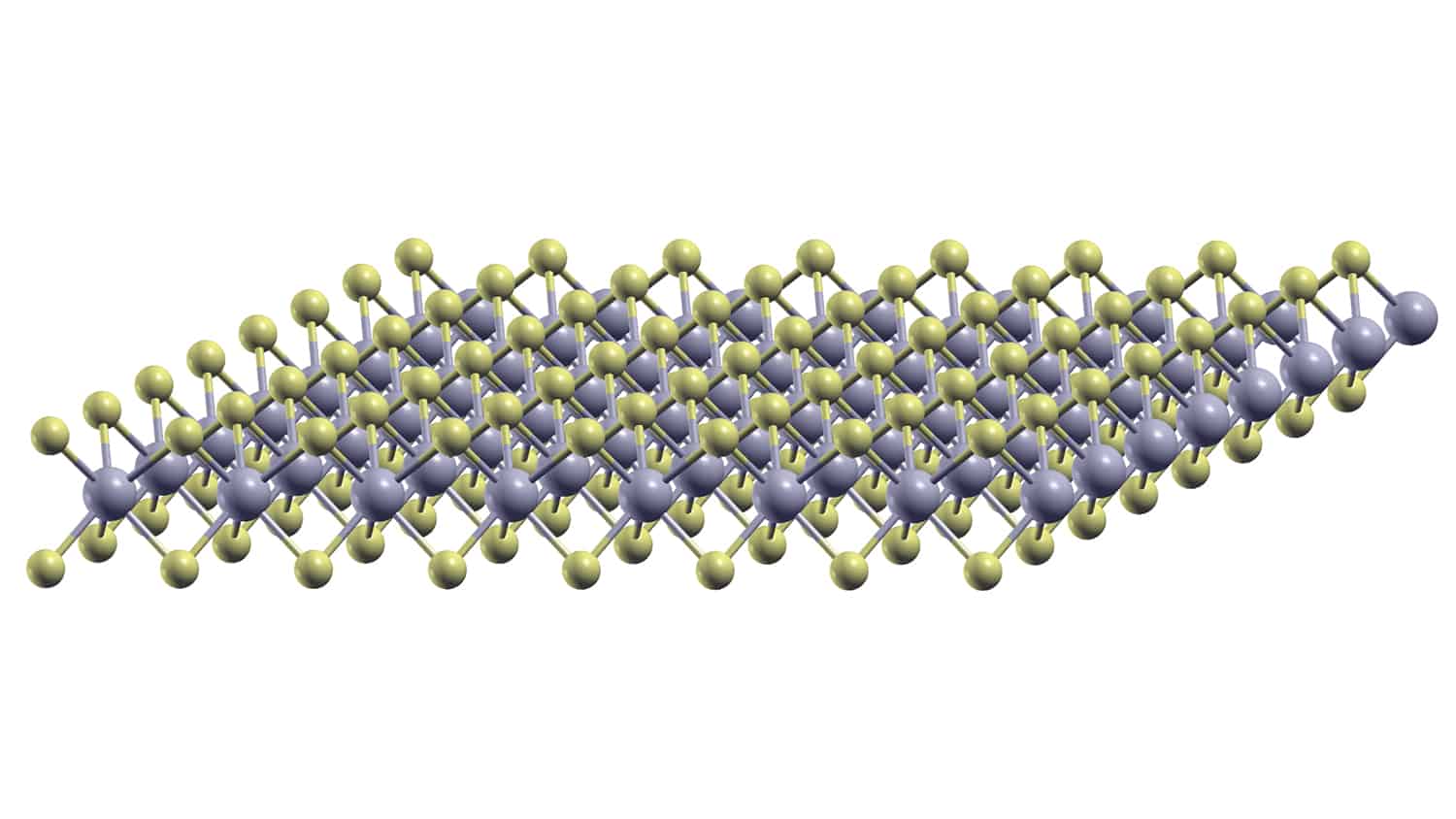Creating an Electron-Hole Liquid at Room Temperature

Making a liquid out of electrons is complicated, but it opens the door to research in a wide variety of electronics. NC State physicists have created a phase diagram that can help researchers create this liquid at room temperature, making it much easier for everyone to study.
NC State physicist Alexander Kemper and postdoctoral researcher Avinash Rustagi study what happens when you perturb semiconductors by exciting their electrons with light. They do this to better understand that material’s properties and to identify materials that could be useful in electronic devices ranging from computers to medical detection and therapeutic devices. Recently, they published a study that explains how to create a liquid of electrons and “holes” at room temperature by perturbing a particular type of material: monolayer transition metal dichalcogenides (or TMDCs).
How does an electron-hole liquid form? Simply put, it’s like the transition of steam into water that happens when we cool steam below its boiling point. Shining light on a semiconductor excites the electrons within it, referred to as photoexcitation. Photoexcitation in a semiconductor creates a large density of electrons and holes (if an electron is excited into a higher state it leaves a hole in its old state). If these photoexcited charge carriers live long enough and interact strongly, an electron-hole liquid (EHL) can form.
This sounds really simple, but usually isn’t. In order to form, EHLs typically require cryogenic temperatures (somewhere around -238 degrees Fahrenheit or -150 degrees Celsius).
“These restrictions have hindered the exploration of EHL state for potential applications in optoelectronic and valleytronic devices,” says Rustagi. “But the emergence of TMDCs have allowed for the recent observation of EHL at and above room temperature. In fact, NC State physicist Kenan Gundogdu’s group recently published a paper on this discovery.”
TMDCs are semiconductors with properties that are of interest to anyone looking to make electronics operate more quickly and efficiently. Monolayer TMDCs are thin semiconductors, referred to as 2D because they are about one atomic layer thick. When materials are this thin, new physical properties emerge.
Kemper and Rustagi looked at the monolayer TMDC molybdenum disulfide (MoS2), and mapped out a phase diagram for its transition from a gas of electron-hole pairs to EHL. Their phase diagram includes the required conditions – density of photoexcited charge carriers and temperature – for EHL formation, and can serve as a blueprint for other researchers interested in studying TMDC semiconductors in the EHL state.
“The unusually long lifetime of photo-excited carriers makes room temperature EHL formation possible at high photoexcited carrier density,” says Rustagi. “This opens up avenues for studying the EHL under different effects, like magnetic fields or strain, for potential technological applications. Imagine being able to tune the property of a material by exposing it to light. With TMDCs, exposure to high intensity light can lead to EHL, effectively changing a semiconductor to behave like a metal.”
The researchers’ paper appears online in NanoLetters.
This post was originally published in NC State News.
- Categories:


